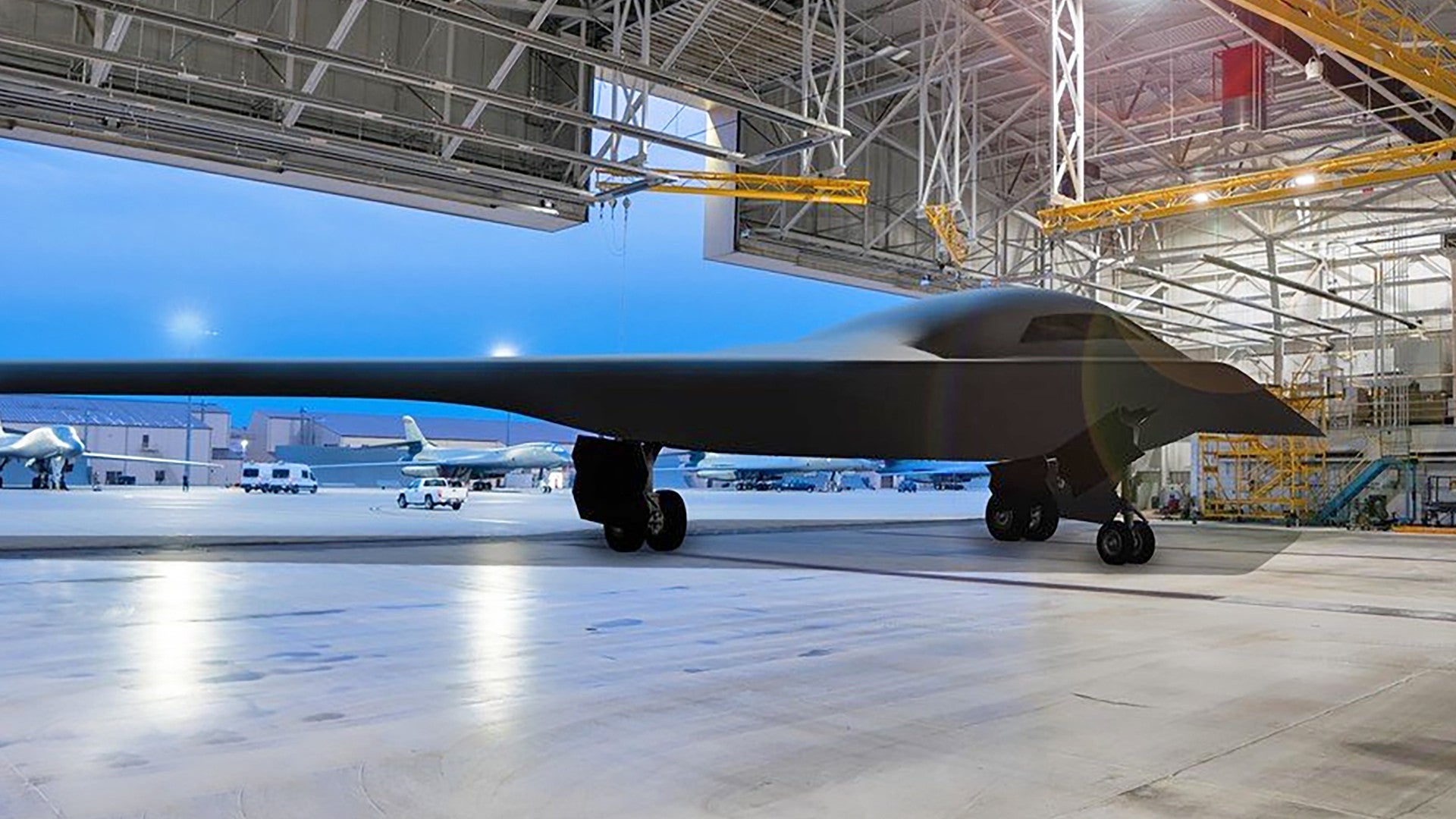Details about the U.S. Air Force’s new, secret B-21 Raider stealth bomber have so far been limited, but some have emerged since the service announced that it had picked Northrop Grumman to build it 2015. However, since then, there has only been a single piece of official concept art of the aircraft – that is until now.
On Jan. 31, 2020, the Air Force, together with Northrop Grumman, released three new renderings of the B-21. All of them feature the same artist’s concept of the aircraft photoshopped into real pictures of hangars at Ellsworth Air Force Base in South Dakota, Whiteman Air Force Base in Missouri, and Dyess Air Force Base in Texas. In March 2019, the Air Force announced that Ellsworth would be the first base to host an operational Raider squadron. Whiteman and Dyess, which presently host B-2 Spirit stealth bombers and B-1 Bone supersonic bombers, respectively, are also set to get B-21s after Ellsworth.
Here are the new renderings:
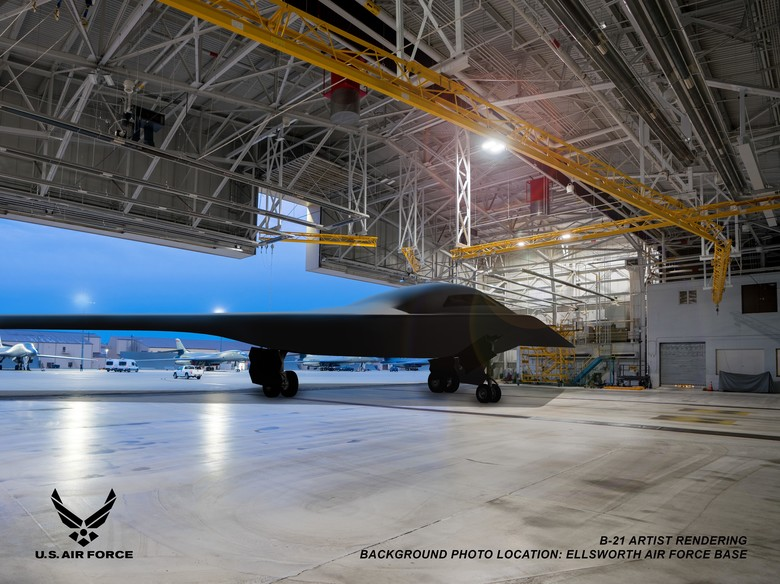
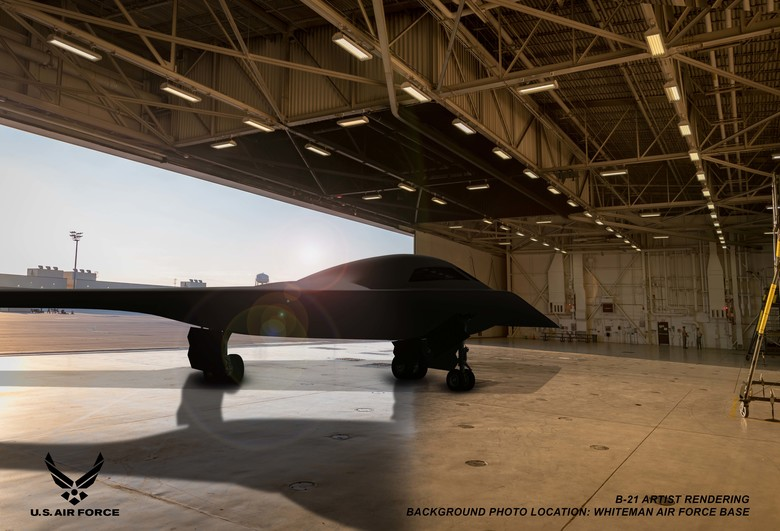
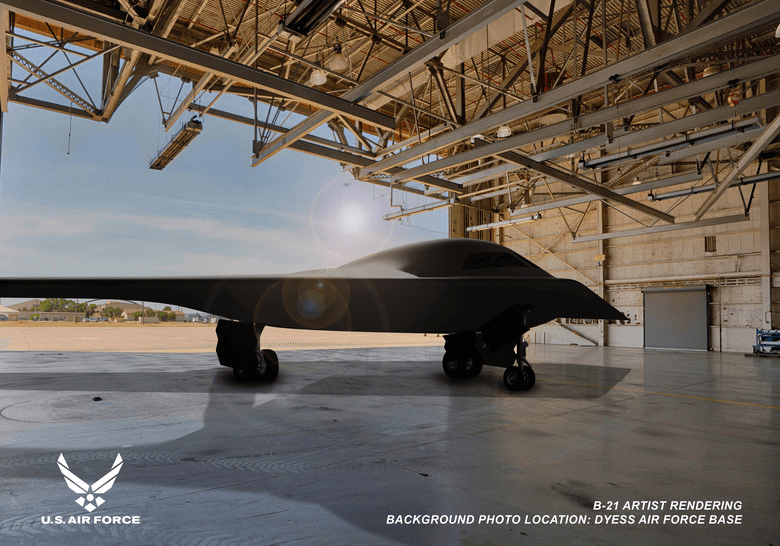
Though the renderings certainly still lack a certain level of detail, the B-2’s influence on the B-21, including the position and style of the cockpit, is clear. There are a number of other very important features that are also now more visible.
The B-21’s nearly flush inlets and blended conformal engine nacelles are more apparent now, a key low-observable characteristic that is somewhat revolutionary for the design. Boeing’s new MQ-25 Stingray tanker drone for the U.S. Navy also uses a type of flush inlet design, but one that is more straight forward than the B-21’s configuration.
Flush and blended inlets, in particular, are notoriously challenging and complex to realize, since they can cause various airflow problems for an aircraft’s engines buried deep inside the fuselage. One of the few details about the B-21 program to emerge is that the inlets had, unsurprisingly, caused some consternation for Northrop Grumman’s engineers during the plane’s development. They do, however, offer immense advantages in terms when it comes to further reducing the radar signature of an aircraft.
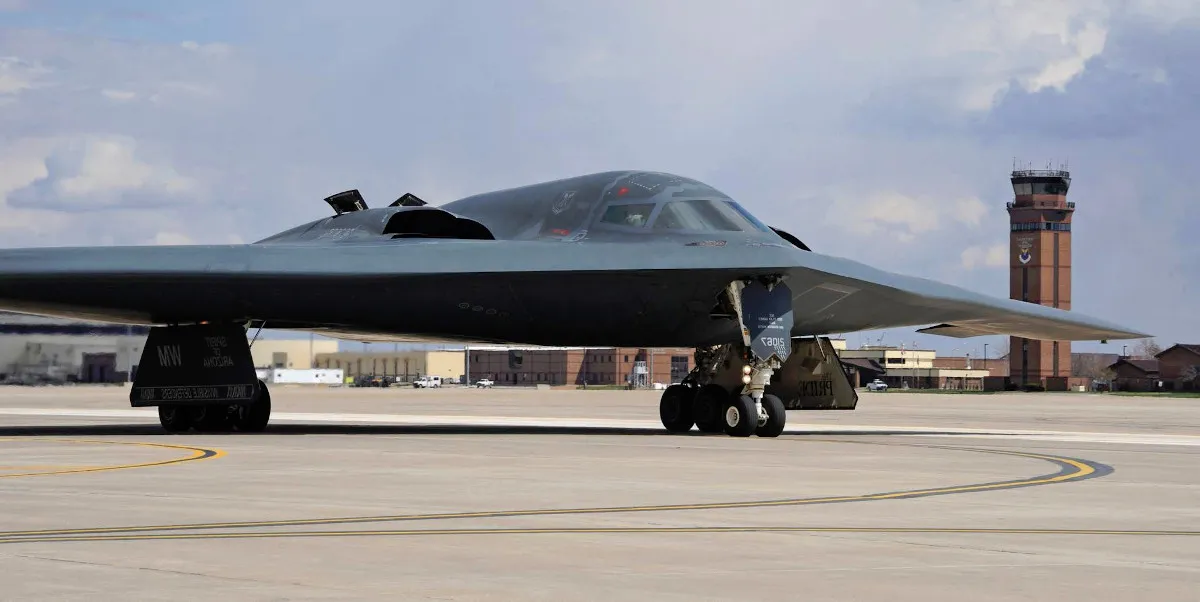
Based on the new renderings, it is also apparent that the B-21 has a more abrupt chine line on its forward leading edge and lacks the more steeply sloping sides that blend the leading edge with the fuselage that are found on its predecessor, the B-2. The lack of the B-2’s beak-like nose is apparent. All these features offer additional stealth benefits.
In addition, the renderings show that the B-21 has a main landing gear and gear door arrangement that is similar to that on the B-2, but which notably has main gear doors with serrated edges. The Spirit’s main landing gear doors are trapezoidal. The nosegear is very similar to the one found on the B-2, with a similar two-door setup, but with a different pattern of serrations along their edges.
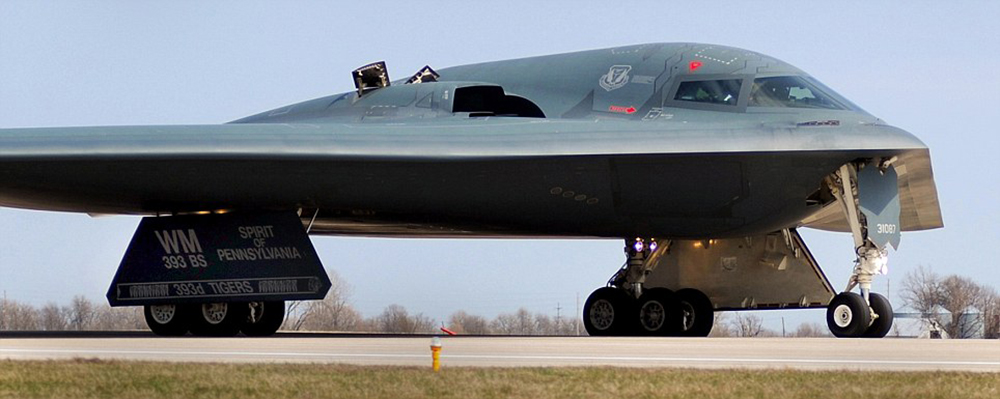
Also, importantly, the B-21’s main landing gear are two-wheel designs, rather than the four-wheel ones found on the B-2. This reflects the Raider’s lower gross weight and smaller overall size than the Spirit, something The War Zone
has discussed in detail in the past.
What isn’t shown in this new perspective is the B-21’s diamond-like trailing edge, which differs from the B-2’s sawtooth trailing-edge, a feature that was revised as part of a hugely expensive redesign in the mid-1980s that aimed to give the B-2 low-altitude penetration capabilities. The new trailing edge will likely allow the new bomber to fly at much higher altitudes than its predecessor. You can read all about this critical ‘back to the future’ design choice in this past exclusive feature of ours.

Much about the B-21 still remains unknown and it’s not clear when we may get a look at the actual aircraft, the first of which are under construction now. The Air Force expects to fly the B-21 for the first time in late 2021, but it is very possible that that schedule could slip. Regardless, we will be seeing the jet sooner than later as it is slated to start its test program at Edwards AFB not long after its first flight.
Still, years after the first piece of B-21 concept art, which had very limited detail, was released, we at least have a new and slightly more comprehensive look at America’s next stealth bomber.
Contact the authors: joe@thedrive.com and tyler@thedrive.com
